Overview
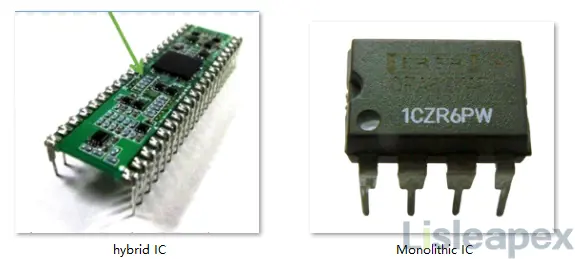
Integrated Circuits (ICs) are the bedrock of modern electronics, offering solutions for a myriad of applications. Monolithic ICs and Hybrid ICs represent two distinct approaches to IC design. This article provides their definitions, examples, circuit diagrams, advantages, disadvantages, and comparison tables so that everyone can have a deeper understanding of Monolithic ICs and Hybrid ICs.
Introduce Monolithic IC
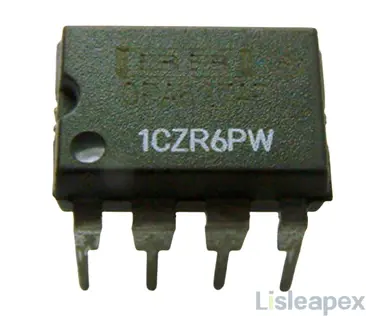
Monolithic IC Definition
A Monolithic IC integrates all essential circuit components onto a single semiconductor chip, utilizing a unified fabrication process on a monolithic substrate.
Monolithic IC Example
The 555 timer IC serves(For example LMC555CM/NOPB) as a quintessential Monolithic IC. Widely employed in timer, pulse generator, and oscillator applications, it encapsulates all necessary components on a single chip.
Monolithic IC Circuit Diagram
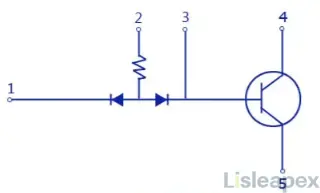
Monolithic IC Advantages
- Compact and Space-Efficient: All components reside on a single chip, minimizing physical space requirements.
- Reduced Power Consumption: Efficient integration leads to lower power requirements.
- Enhanced Reliability: Fewer interconnections decrease the likelihood of failures.
Monolithic IC Disadvantages
- Limited Customization: The fixed configuration limits adaptability to specific requirements.
- Challenging to Modify: Once manufactured, alterations are intricate and may risk damaging the IC.
Introduce Hybrid IC
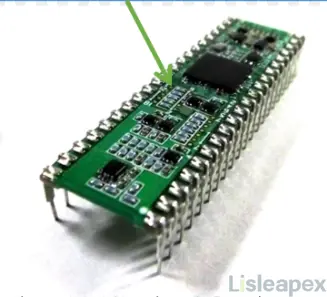
Hybrid IC Definition
A Hybrid IC integrates multiple semiconductor technologies in a single package, combining both thick-film and thin-film technologies to accommodate diverse functions on a unified substrate.
Hybrid IC Example
The LM741 operational amplifier (For example LM741AH/883) exemplifies Hybrid IC design. It seamlessly combines monolithic and discrete components to achieve optimal performance.
Hybrid IC Circuit Diagram
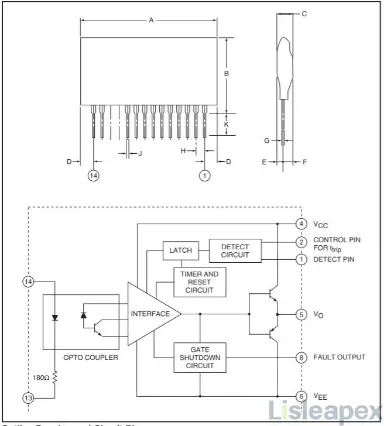
Hybrid IC Advantages
- Greater Flexibility: Incorporates diverse technologies, enabling customization for specific applications.
- Improved Performance: Integration of specialized components enhances overall functionality.
- Ease of Repair and Modification: Compared to Monolithic ICs, modifications are more accessible, facilitating repairs and adjustments.
Hybrid IC Disadvantages
- Larger Physical Size: Incorporating multiple technologies results in a larger package.
- Increased Power Consumption: The complexity of the design may demand higher power requirements.
Monolithic IC and Hybrid IC Comparison
| Criteria | Monolithic IC | Hybrid IC |
|---|---|---|
| Integration Level | Fully integrated on a single chip. | Combines multiple technologies in a single package. |
| Flexibility | Limited customization options. | Greater flexibility for incorporating specialized components. |
| Repair and Modification | Challenging to repair or modify. | Easier to repair and modify. |
| Size | Compact and space-efficient. | Larger physical size. |
| Power Consumption | Reduced power consumption. | Increased power consumption. |
Conclusion
In summary, Monolithic ICs and Hybrid ICs exhibit unique characteristics. Monolithic ICs excel in compactness and reliability, while Hybrid ICs offer greater flexibility and ease of customization. Understanding the definitions, examples, circuit diagrams, introduction of advantages and disadvantages of Monolithic IC and Hybrid IC, and visual table comparisons, empowers engineers to make informed decisions based on critical factors, ensuring the optimal selection of ICs for diverse electronic applications. Understanding these differences is pivotal in navigating the intricacies of electronic design.
Stay updated with Lisleapex by signing up for the newsletter


 Congratulations On Your Successful Submission
Congratulations On Your Successful Submission
 Submission Failure
Submission Failure